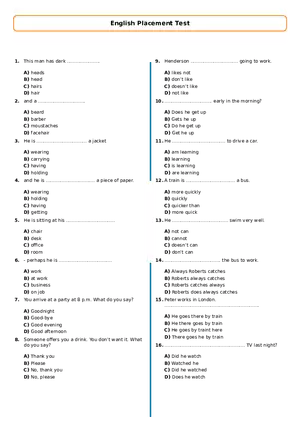Lecture Note
Carbohydrate Test
-
University:
Augusta University -
Course:
CHEM 1441 | General Chemistry Academic year:
2023
-
Views:
233
Pages:
1
Author:
gmandels
Related Documents
- Chapter 20: Aldehydes And Ketones
- Halogen (Cheat Sheet)
- Svante August Arrhenius' Ion Theory - Stong And Weak Electrocytes
- Oxidation Number
- Hydrocarbon Compounds
- Electrolyte Solution Ionization Reaction
- Development Concept Of Reduction-Oxidation Reaction
- Carbon Compounds
- Uses Of Electrolysis Cells
- Transitional Elements And Colored Ions
- Third Period - Study Notes
- Fat (Study Notes)
- Alkaline Earth Metals
- H-Nmr Spectroscopy
- Fatty Acid Classification
- Protein Based On Function
- Amino Acid - Study Guide
- Monosaccharide Study Notes
- Protein Denaturation
Report
Tell us what’s wrong with it:
Thanks, got it!
We will moderate it soon!
Report
Tell us what’s wrong with it:
Free up your schedule!
Our EduBirdie Experts Are Here for You 24/7! Just fill out a form and let us know how we can assist you.
Take 5 seconds to unlock
Enter your email below and get instant access to your document



